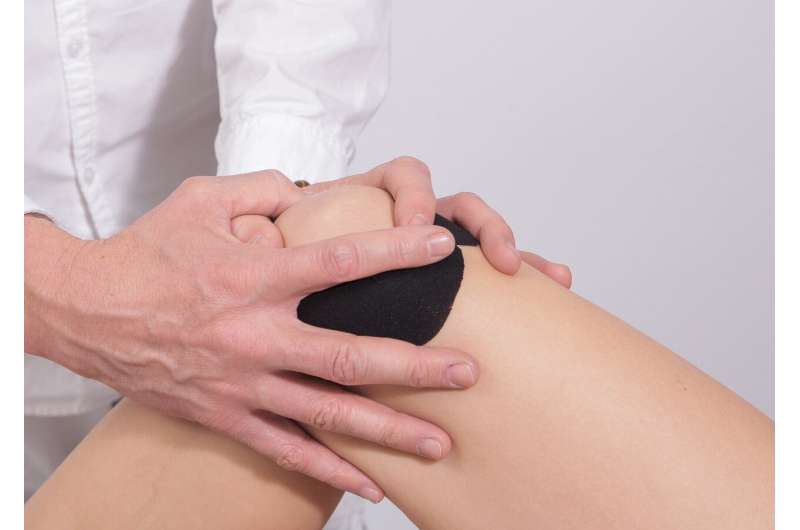Innovative Study Uses Jersey Pull Simulations to Predict Non-Contact ACL Injuries in Athletes

A University of Kansas study uses jersey pull simulations to understand and prevent non-contact ACL injuries in athletes, emphasizing core strength and biomechanics. Learn how biomechanics research is advancing injury prevention strategies.
A recent groundbreaking study conducted by researchers at the University of Kansas has shed light on the biomechanics behind non-contact ACL injuries in athletes. The research focused on simulating scenarios where athletes experience pulls on their jerseys during jumping activities, which are common in sports such as football, basketball, volleyball, and soccer. Interestingly, most ACL injuries occur without direct contact to the knee, often resulting from indirect forces and body mechanics.
The team recruited 31 active athletes with no prior knee injuries and had them perform jumps while a weighted strap, mimicking a pulling force, was attached to their torso. This simulated external forces that could occur during play, such as a player pulling an opponent’s jersey from behind or from the front. To accurately assess the impact, advanced motion capture technology recorded joint movements, trunk angles, and forces during landings.
Results revealed that pulling from behind, especially posterior pulls, posed the greatest risk for injury. Subjects landing with impact forces over twice their body weight, combined with minimal trunk and knee flexion, landed in ways that increased joint stress, heightening their injury risk. Conversely, anterior pulls caused different kinematic patterns, emphasizing the importance of core and trunk strength in injury prevention.
Lead researcher Yu Song explained that most ACL injuries involve the trunk rather than direct contact to the knee. The findings suggest that enhancing core stability through strength and neuromuscular training could significantly reduce injury risk. This understanding underscores the need for targeted training programs focusing on trunk control and muscle engagement.
Published in the Scandinavian Journal of Medicine & Science in Sports, the study also highlights ongoing research efforts involving students from various fields to deepen knowledge on injury mechanisms. Future investigations aim to analyze the timing and direction of external forces to further predict injury scenarios.
Overall, this research provides valuable insights for coaches, trainers, and athletes by emphasizing the role of body mechanics in injury prevention, potentially reducing the occurrence of devastating ACL injuries in sports.
Stay Updated with Mia's Feed
Get the latest health & wellness insights delivered straight to your inbox.
Related Articles
Comprehensive Pan-Disease Molecular Atlas Reveals Unique Blood Protein Signatures for Health, Disease, and Aging
A novel molecular map of blood proteins has been developed, revealing unique signatures associated with various diseases and aging, paving the way for improved early diagnosis and personalized medicine.
Risks of Nighttime Mouth Taping Promoted on Social Media for Sleep Breathing Issues
A recent review warns that the trendy practice of mouth taping during sleep, promoted on social media, may be ineffective and pose serious health risks, including asphyxiation, especially for those with nasal obstructions.
Innovative mRNA Vaccine May Lead to Allergy-Free Future
A groundbreaking mRNA vaccine developed by researchers prevents severe allergic reactions in mice, offering hope for new allergy treatments that are safe and adaptable for various food and seasonal allergies.
New Research Reveals Estrogen's Protective Role in Women's Heart Health
Discover how recent research highlights estrogen's critical role in protecting women’s hearts from high blood pressure-related damage, opening new avenues for targeted treatments.



